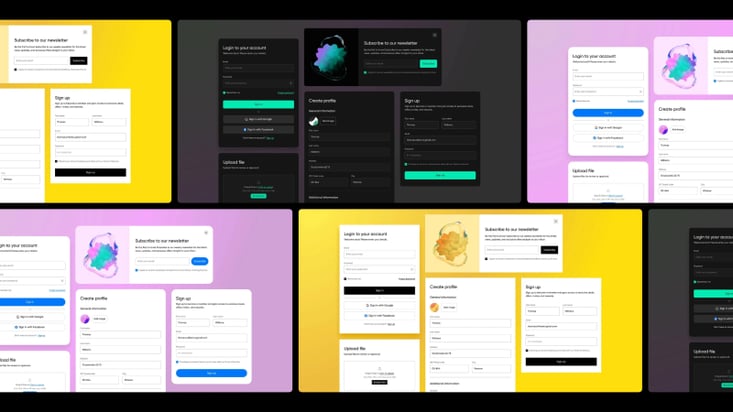12 July 2023 (updated: 12 July 2023)
How to Avoid Design Debt — The Compound Effect of Good Design
Chapters

Learn about 4 ways to avoid and minimize your organization’s design debt, based on the experience of our Design Team Lead and Senior UX Designer, Michał Mazur.
Design debt is in simple words all the good design concepts you skip in order to reach short-term goals for your product that will eventually come back to haunt you. In this article, we share 4 practical solutions for tackling design debt based on the webinar hosted by Michał Mazur, our Design Team Lead.
About the expert - Michal Mazur
![]()
At EL Passion since 2017. Gathered experience both in agencies and internal product teams, building and developing products’ UX. Eager to share his knowledge at conferences, in his very own podcast, and through online courses.
What is design debt?
Design debt is derived from the concept of technical debt, a term coined by Ward Cunningham. It refers to the additional costs incurred when software is released hastily without proper attention to design principles. Rushing with coding because of the need for the ever-increasing velocity of agile teams can cause developers to skip code reviews, release unoptimized, slow apps or completely forget about accessibility. The same applies to design.
Michał Mazur: In the digital world, the debt is hidden. You don’t know the interest rate, you don’t even know the next installment of the credit.
Adobe's experience
To illustrate the consequences of design debt on brands, let's examine Adobe's Firefly service. Users encountered difficulties signing up due to small design flaws, such as email validation errors. While seemingly trivial, these issues can leave users feeling neglected and erode trust in the brand.
Mark Boulton refers to this phenomenon as the "marginal degradation of brands", where cumulative negative user experiences diminish the perception of professionalism. Even minor design problems, when left unaddressed, can have long-term implications for a company's reputation.
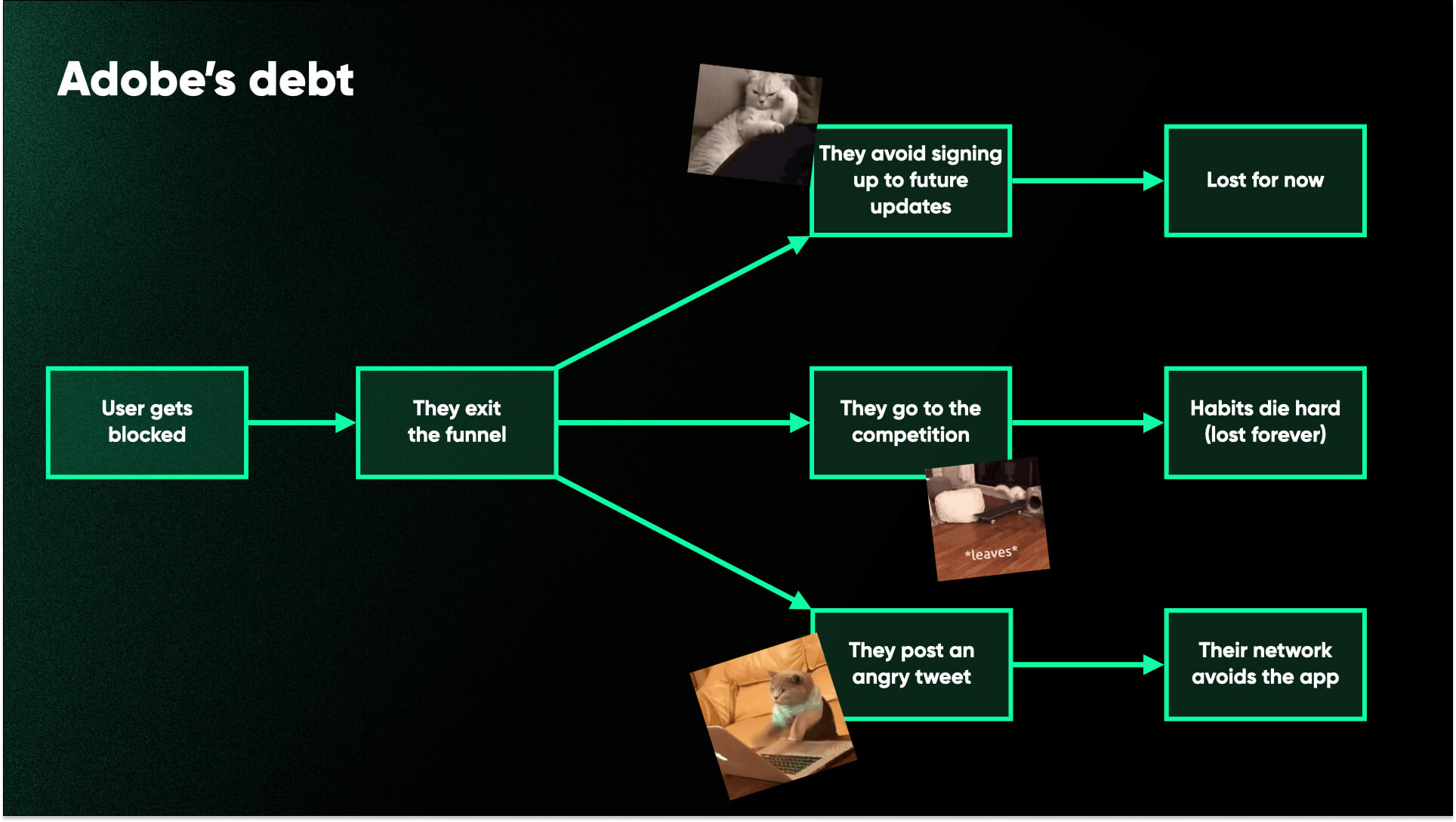
The probable reasons for creating this design debt are the lack of a consistent design system with form validation patterns, shipping the product in a rush, and not reacting to user feedback.
The UK Government's struggles
Design debt is not exclusive to commercial brands. The UK government faced its own challenges resulting from poor design practices. Until 2011, various government departments operated with distinct websites, differing content structures, and inconsistent user interfaces.
The decentralized approach created a disjointed digital experience for citizens, requiring them to adapt to different interfaces repeatedly. This resulted in users simply switching to BBC News rather than various governmental sites, as it served as a single source of truth. The lack of user-centered design and cross-departmental collaboration further compounded the problem, resulting in accrued design debt and frustration for users.
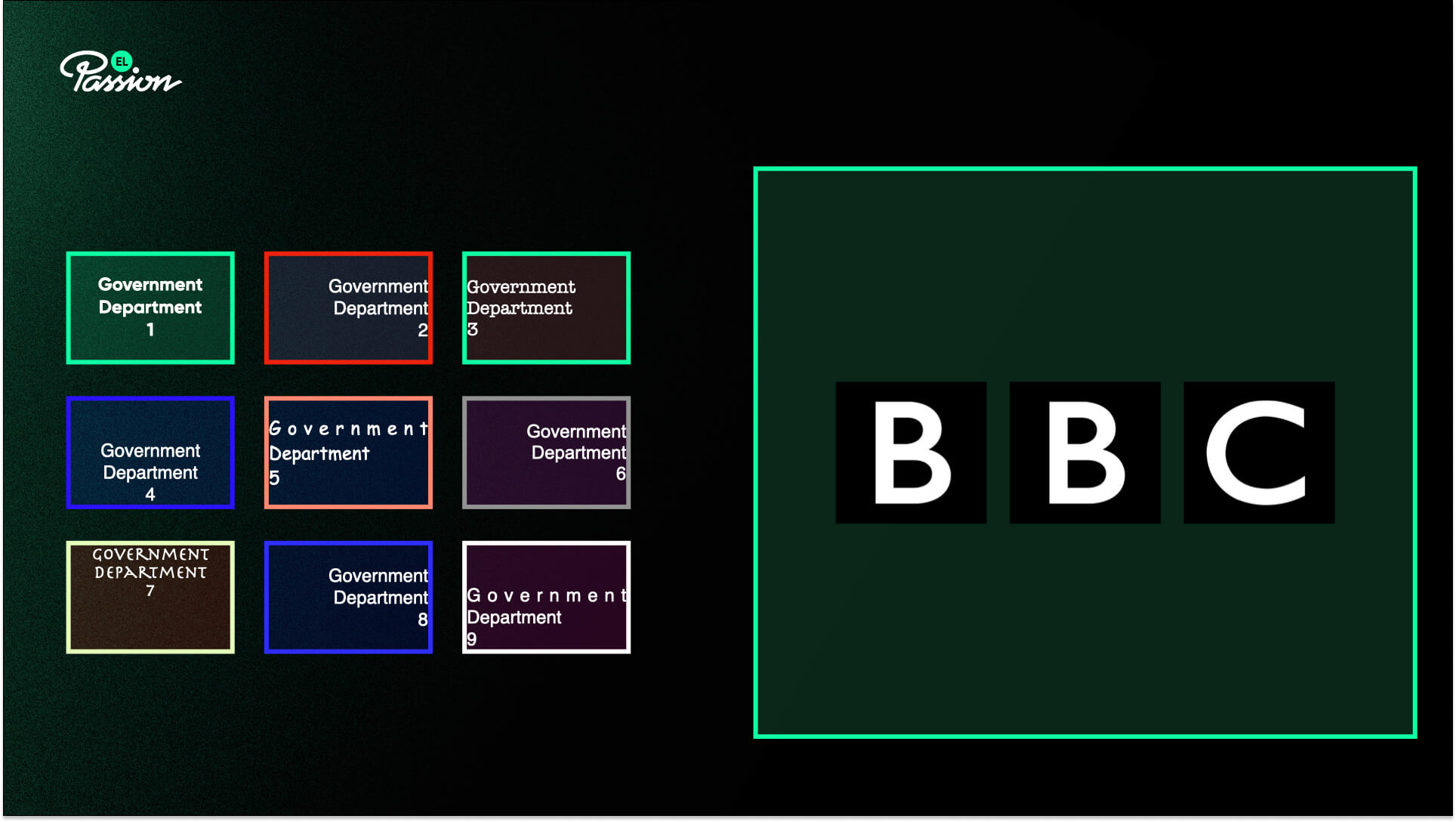
MM: The digital face of the government seemed like a Frankenstein monster, ready to take revenge on its creators, who hadn’t invested in meaningful design beforehand.
How to mitigate design debt?
There is no simple solution to tackling design debt, however, there are 4 solutions to at least minimize the existing design debt and avoid it in the future:
Refactor sprint
Dedicate regular sprints to only reviewing and refactoring existing design components and features. By allocating time for improvements, organizations can optimize accessibility, documentation, and overall user experience.
Depending on your needs, refactor sprints may occur every 4-6 sprints. This approach ensures that technical debt does not accumulate and hinders future progress. With refactoring sprints, it's you and your team who decide when you want to pay the debt back.
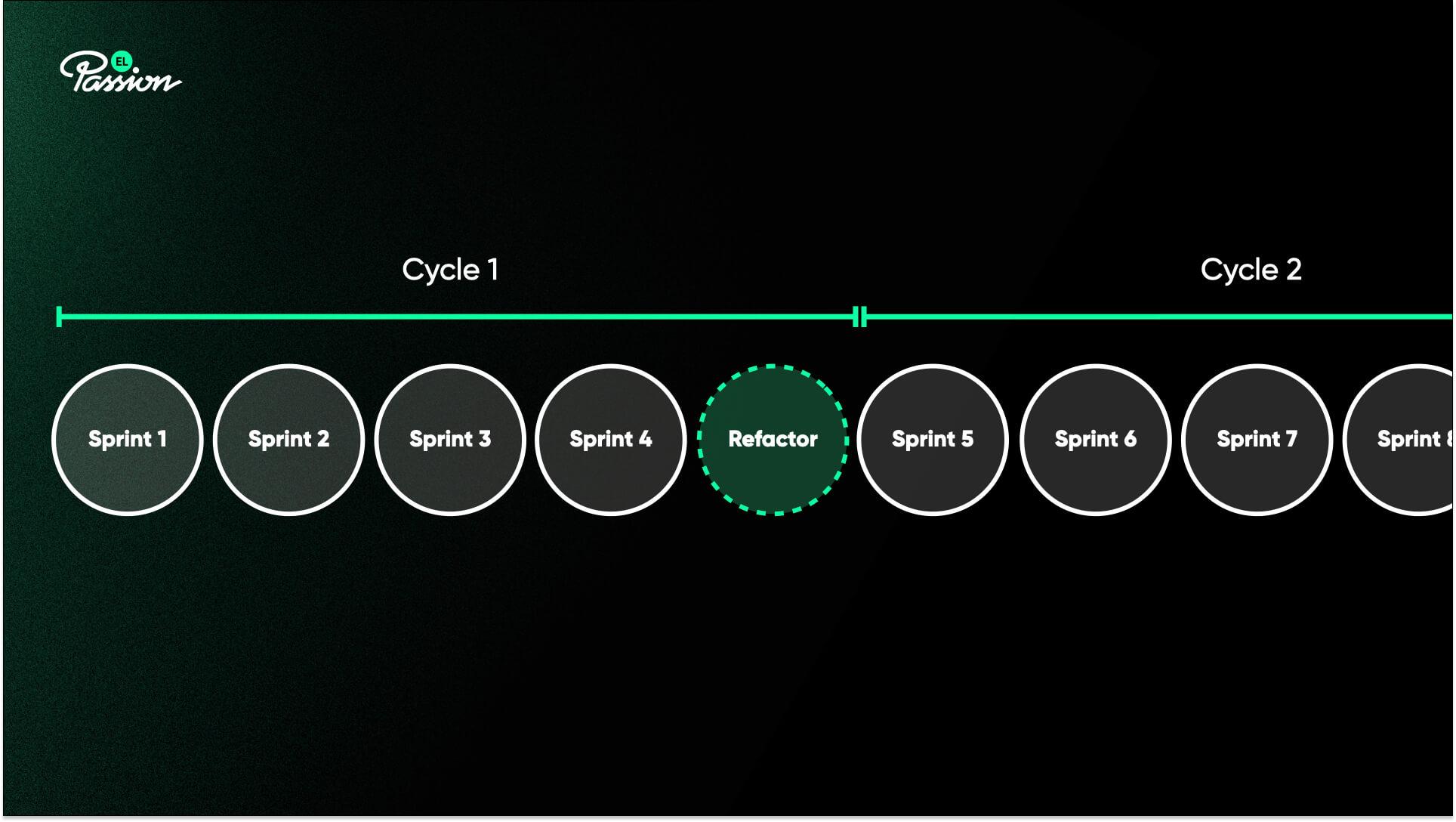
Improving collaboration
Improve communication by fostering better communication channels. This doesn’t necessarily mean more meetings, but rather more productive and quality meetings. It’s better to have one quality meeting now, rather than 10 unproductive meetings a month from now.

One way to do it is to facilitate structured workshops involving designers, developers, and marketers. By including diverse perspectives during the design process, teams can identify and address issues that may have been overlooked previously. It is important to have one person as a facilitator who plans the session and ensures that the outputs go to all the decision-makers. This collaborative approach enhances product simplicity, conversion rates, and overall customer satisfaction.
MM: When working for a longer time on a product I often included developers and marketers in both user interviews and workshops to analyze new ideas. The results were astonishing - we managed to simplify the product without removing features and improve conversion rates dramatically in areas that no one wanted to touch for years, like streamlining the onboarding flow for new users.
User-centered design
User centricity simply means putting the user in the center of product strategy. Incorporate user research, usability testing, and user-centered design principles in the organization's workflow. Investing in these practices may seem costly initially, but it prevents more significant expenses associated with rework and user dissatisfaction. Studies have shown that every dollar invested in user experience brings an ROI of 9,900%, highlighting the long-term benefits of prioritizing user-centered design.
Organization-wide Design System
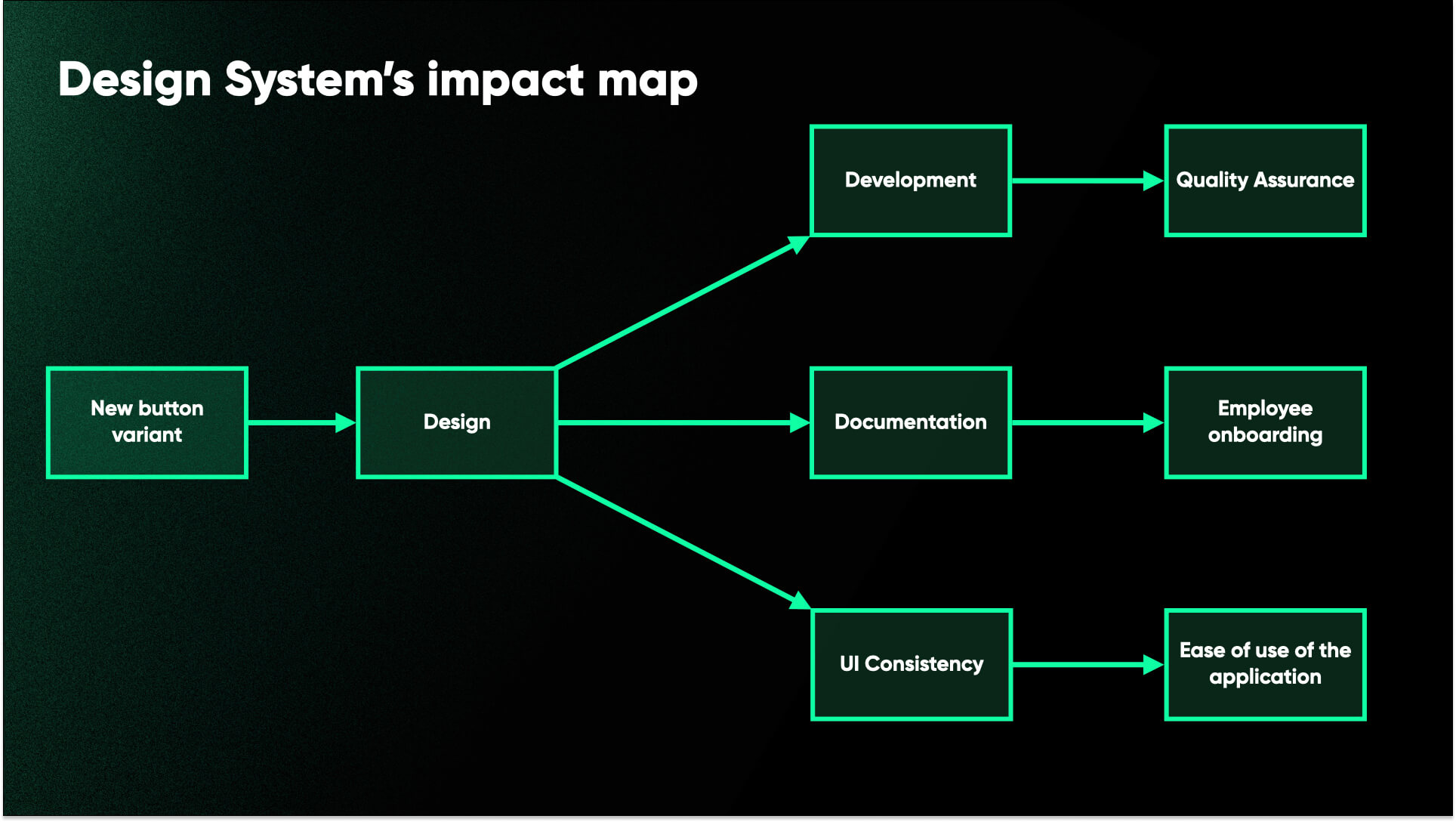
An organization-wide design system is a must-have if you want to design for longevity and assume that your organization or product portfolio will grow significantly over time. Implementing a comprehensive design system fosters consistency and efficiency across the organization. By providing a unified framework of reusable components, organizations can save time, improve development speed, and enhance user familiarity with the product, resulting in a huge impact across the organization. Many seemingly small improvements build up and result in huge savings.
To sum up
Just as financial debt can accumulate over time, design debt poses a similar risk to businesses. By prioritizing short-term gains over long-term sustainability, organizations risk losing user trust and hindering their own growth. However, through strategic planning, collaborative efforts, and investment in user-centered design practices, organizations can address design debt and pave the way for success in the evolving digital landscape. In the end what you want to do is to make these strategies work in a form of a positive compound effect, where every smart decision fuels the next one in the long run.



